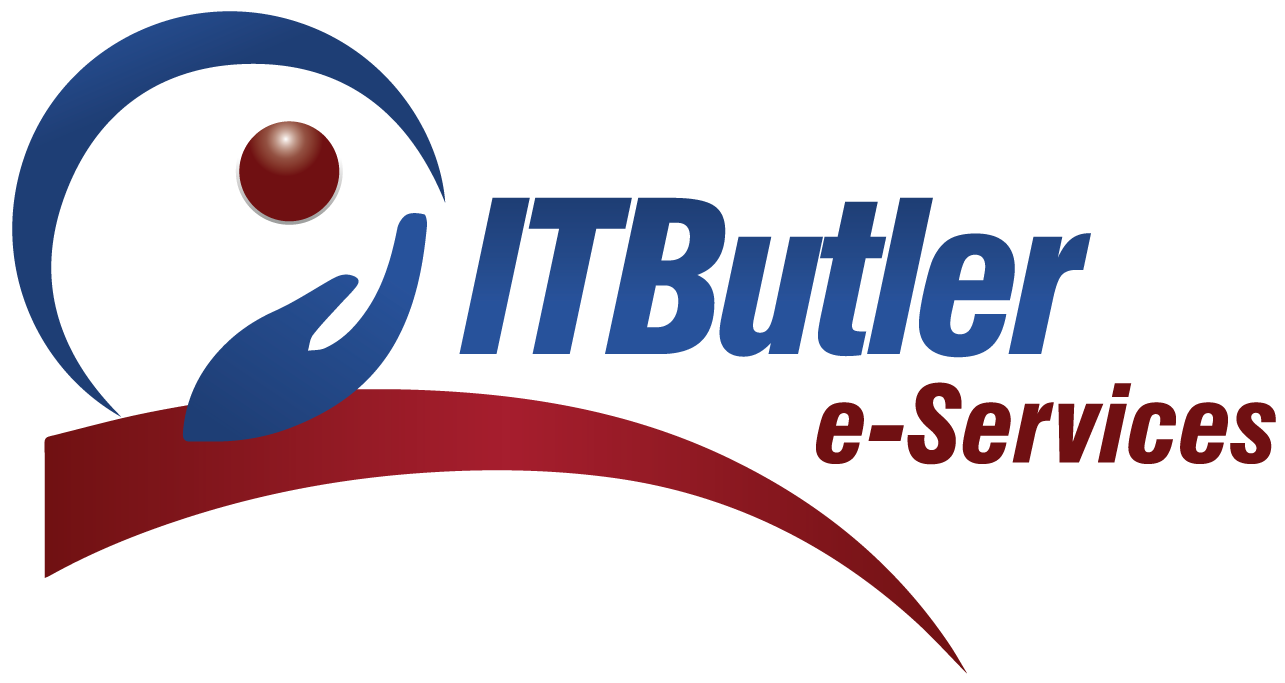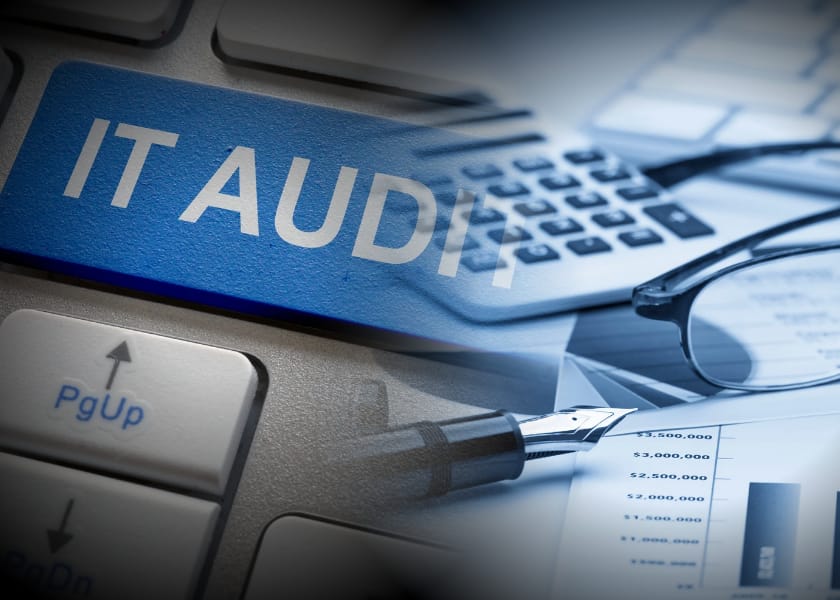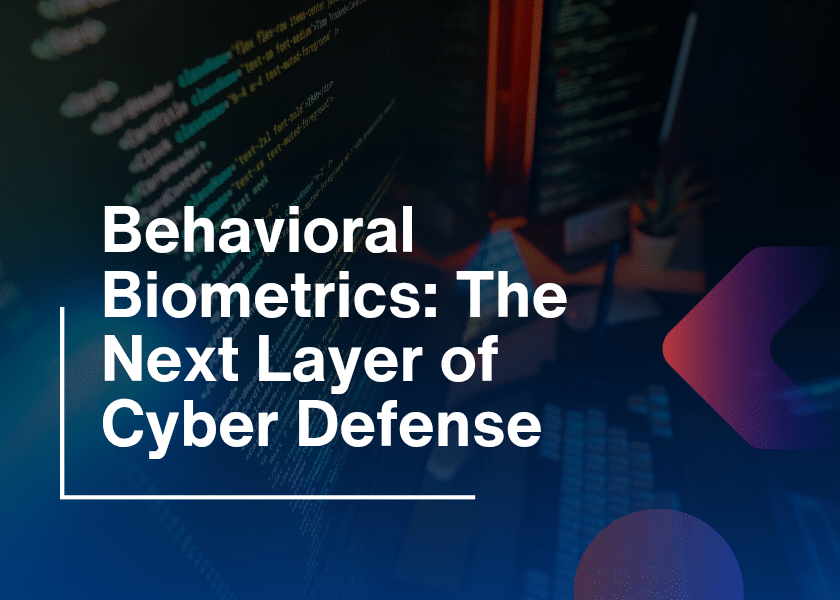Do you know how the banks and financial institutions in Saudi Arabia protect their IT ecosystems? As the threat vectors of cyber attacks continue to rise, financial institutions must ensure that their systems are secure and compliant. So this is where SAMA IT audits step in.
However, the Saudi Arabian Monetary Authority has established strict guidelines for IT audits. Such audits also guide financial entities in identifying vulnerabilities and enhancing their cybersecurity. So noncompliance carries the risk of financial penalties, reputational damage and even cyberattacks for banks.
In this blog, we will take a closer look at SAMA IT audits, their significance, regulations, and challenges.
Understanding SAMA IT Audits
IT audit is a process that investigates an organization’s IT system, policies, and security measures. Therefore, the aim is to make these systems secure, trusted, and verified against regulations. IT audits are critical to prevent cyber threats, fraud and operational risks.
Moreover, financial firms that conduct successful IT audits can discover weaknesses, and achieve compliance. Failure to implement regular IT audits exposes financial institutions to potential data breaches and legal repercussions.
Role of SAMA in IT Audits
SAMA is central to making sure that financial institutions adhere to IT security standards. So these audits assist organizations:
- Enhance Cybersecurity to Safeguard Sensitive Data
- Minimize financial risks by stopping cyber fraud
- Moreover, assess IT Infrastructure post data up to October 2023
Failure to comply with SAMA guidelines can result in sanctions or restrictions on financial institutions.
SAMA Compliance Audit Framework
There is an audit framework that SAMA has devised to govern IT security and compliance for financial institutions. However, this framework encompasses elements of:
- IT governance & risk management
- Cybersecurity, data security, and privacy news
- IT System Controls and Infrastructure Security
- Business Continuity And Disaster Recovery Planning
Thus, it aims to safeguard the financial system and make sure banks and financial companies conduct business safely as more move online.
Core Elements of the Framework
1. IT Governance & Risk Management
- Align IT security policies to business objectives
- Ensure everybody knows who owns what when it comes to IT security
- Moreover, perform regular risk assessments to recognize threats
2. Cyber Security & Data Protection
- Enable and enforce multi-factor authentication and access control
- Encode customer-sensitive data
- Lastly, identify unauthorized access and cyber-attacks on IT systems
3. IT System Controls & Infrastructure Security
- However, perform regular security evaluations
- Deploy firewalls, antivirus software, and intrusion detection systems
- Furthermore, keep software updated and patched to avoid vulnerabilities
4. Business Continuity & Disaster Recovery
- Firstly, create a Business Continuity Plan (BCP)
- Regularly test disaster recovery strategies
- Reduce downtime due to cyberattacks or system failures
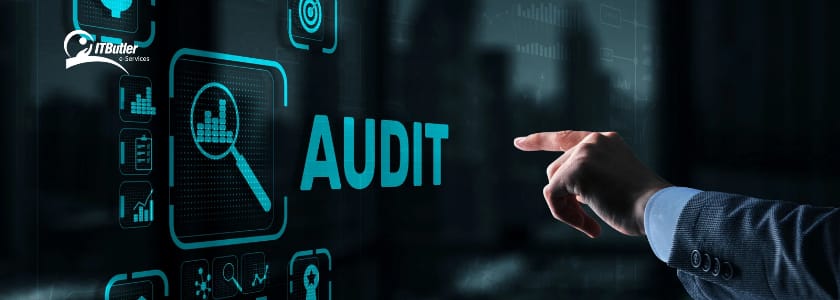
SAMA IT Audit Requirements for Financial Institutions
Information Security Governance
Before conducting an IT audit, financial institutions must clearly define the audit’s scope. So IT security operations should report back to senior management, and the organization should maintain and report upon risk management strategies. Moreover, they should ensure the accountability of IT security teams through clear roles and responsibilities.
Cyber Risk Management
As cybersecurity threats rapidly mature, financial services firms must take an active approach to risk assessment and management. So finding all vulnerabilities, performing regular security tests and applying advanced cyber security measures are already a few of them. Therefore, SAMA mandates that institutions need to enhance their cyber policies periodically and also embrace the latest security tools.
Compliance with Data Protection and Privacy Laws
Data protection and privacy compliance is one of the most important areas of focus that SAMA regulations IT audits have. So from protecting sensitive information to preventing identity theft, financial institutions need to secure customer data. Moreover, sensitive information needs to be protected. Thus, data encryption, access controls, and multi-layer security approaches have to be implemented.
Incident Management and Response
Financial institutions must plan for a clearly defined incident response plan to address an attack or breach. So that includes monitoring IT systems for unusual activity, responding promptly to security threats, and notifying SAMA. An immediate and effective response can limit the damage and even help protect the reputation of the institution.
Business Continuity & Disaster Recovery
However, to mitigate disruption of their services, financial institutions are required to establish a business continuity plan (BCP). So these plans need to be tested regularly to ensure they work in real-world scenarios. If a cyberattack or a system failure occurs, institutions must restore operations quickly and efficiently.
SAMA IT Audits Process & Reporting
1. Planning & Scope Definition
Firstly, to perform an IT audit, financial institutions need to define the audit’s scope clearly. As this includes identifying critical IT systems, assessing compliance risk and establishing security objectives. Moreover, the proper audit scope covers all significant aspects.
2. Performing the Audit & Testing Controls
It includes the process of assessing the organization’s IT security procedures, discovering any weaknesses, and testing compliance. Moreover, auditors review the access controls for systems, encryption protocols, and cybersecurity strategies. They do so to ensure that financial institutions comply with all regulatory requirements.
3. Reporting & Documentation
Once the audit is done, the financial organizations need to craft a comprehensive IT audit report. This report details security risks, compliance issues, and recommended corrective actions. So financial institutions should have adequate documentation in place, and be ready to report it to the regulator (SAMA).
4. Continuous Monitoring and Compliance Updates
IT security is a continuous process. It is essential for financial institutions to regularly monitor their information technology (IT) systems, update security policies, and train employees. Moreover, long-term success certainly depends on you keeping up with evolving SAMA compliance requirements.
Common Challenges
Many financial institutions struggle with:
- Evolving cybersecurity threats: Attack methods change constantly
- High cost of compliance: Implementing security measures is expensive
- Integration of IT audits with business operations: Many struggle to align IT security with business
Best Practices for Ensuring Compliance
However, to successfully comply with SAMA IT audit guidelines, financial institutions should:
- Conduct internal audits regularly
- Update cybersecurity policies frequently
- Invest in automated compliance solutions to detect threats
Conclusion
SAMA IT audits are an important part of compliance for financial institutions in Saudi Arabia. They safeguard customer data, combat cyber threats, and fortify the financial sector. Further, financial institutions can secure themselves and create trust for customers if they follow SAMA education, apply strong cybersecurity measures, and stay ahead of the regulations.
Are you ready to improve your IT security and compliance? Start by conducting a comprehensive SAMA IT audit today!
